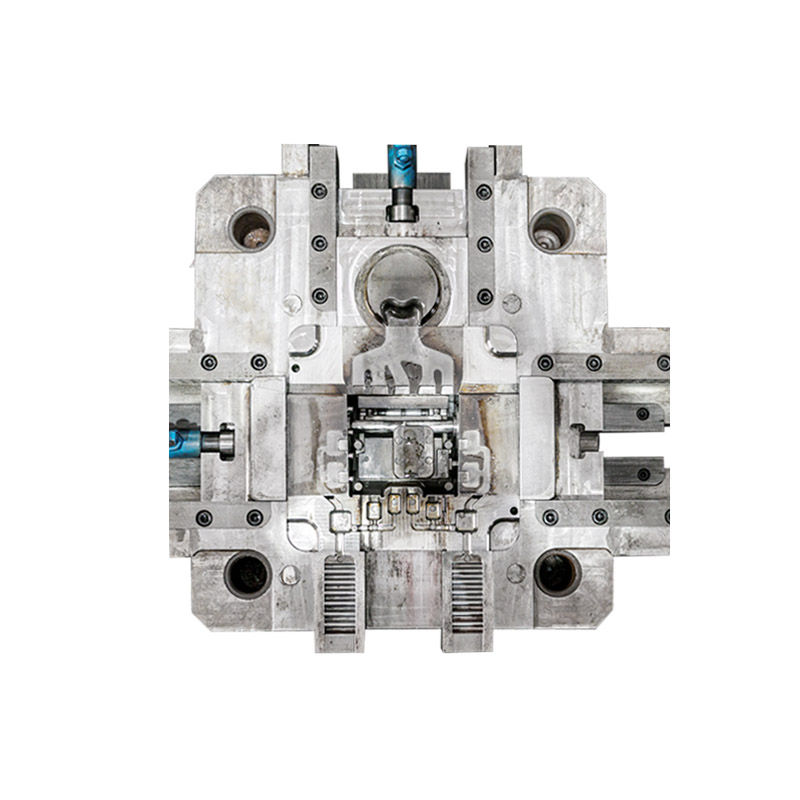Frequent problems with
die casting molds (2)
(3) Inner gate
①The parting surface should not be closed immediately after the molten metal enters the mold, and the overflow groove and the exhaust groove should not impact the core directly. After the molten metal is poured into the mold, the flow direction is as far as possible along the cast ribs and heat sinks, filling from the thick wall to the thin wall.
②When selecting the position of the inner gate, make the molten metal flow as short as possible. When using multi-strand inner gates, it is necessary to prevent several strands of molten metal from converging and impacting each other after molding, resulting in defects such as eddy current slug and oxidation inclusions.
③ The thickness of the inner gate of the thin-walled part should be appropriately smaller to ensure the necessary filling speed. The setting of the inner gate should be easy to remove, and the casting body should not be damaged (eat meat).
(4) Overflow tank
①The overflow groove should be easily removed from the casting, and try not to damage the casting body.
②When setting up an exhaust slot on the overflow slot, pay attention to the position of the overflow port to avoid blocking the exhaust slot prematurely and making the exhaust slot ineffective.
③Several overflow ports or a very wide and thick overflow port should not be opened on the same overflow tank to prevent the cold liquid, slag, gas, paint, etc. in the molten metal from returning to the cavity from the overflow tank , causing casting defects.
2. The drawings of casting rounded die-casting parts often indicate requirements such as unmarked rounded corners R2. We must not ignore the role of these unmarked rounded corners when opening the die-casting mold, and never make clear or too small rounded corners. . The casting fillet can make the molten metal fill smoothly, discharge the gas in the cavity sequentially, reduce stress concentration, and prolong the service life of the die-casting mold. The standard oil pan mold has more upper cleaning corners. Relatively speaking, the brother oil pan mold is the best at present, and there are more heavy oil pans.
3. The demoulding slope is strictly prohibited from artificial undercuts in the demolding direction.
4. Surface roughness The molding parts and the pouring system should be carefully polished according to the requirements, and should be polished along the demoulding direction. Since the metal liquid enters the casting system from the pressure chamber and fills the cavity, the entire process takes only 0.01-0.2 seconds. In order to reduce the resistance of the molten metal flow and minimize the pressure loss, it is necessary to have a high surface finish. At the same time, the heating and erosion conditions of the gating system are poor, and the worse the finish, the more easily damaged the mold is.
5. The hardness of the aluminum alloy in the forming part of the Beilun die-casting mold: about HRC46° and copper HRC38°. When processing, the mold should try to leave a repair allowance, set the upper limit of the size, and avoid welding.



